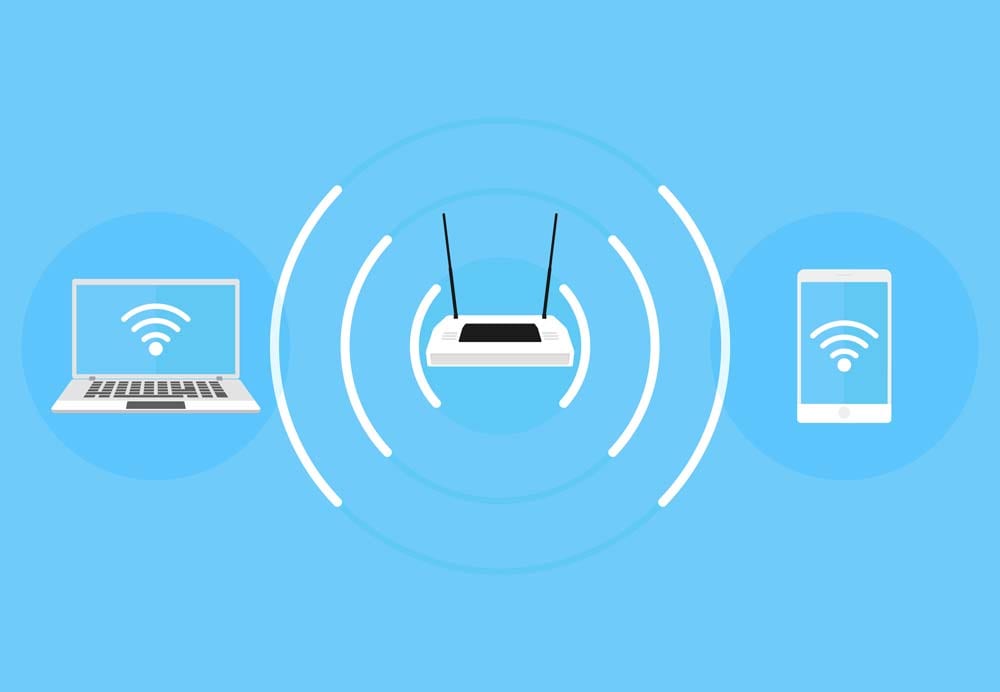A reliable WiFi signal is vital to the efficiency of your business and for seamless connectivity in the modern world. Strategic placement of Wireless Access Points is crucial to achieving this. Location of the WAP is crucial for WiFi stability and strength. We’ll examine WAP devices and discover how to choose the most suitable access point at home for optimal wireless connectivity.
The Wap Wireless Access Point is an essential device for networking that allows wireless-enabled devices to connect to wired networks using WiFi or similar standards. It’s a critical device that lets you increase the reach of your wireless network, and remove the need for heavy wires. A WAP receives data from a router via an Ethernet cable, and converts this data into a radio signal. This signal can be picked up by WAP devices, providing them with access to the network. For more information, click WAP Wireless Access Point
The WAP Placement Process and its Impact
It is vital to place an WAP in a way to ensure that you have a reliable WiFi signal throughout your space. The position of the WAP can affect the signal strength as well as the coverage area and overall performance of your WiFi network. Placing the WAP in an optimal position helps to reduce interference, expanding coverage and enhancing the experience of connectivity for users.

Factors that impact the strength of WAP signals
A variety of factors can influence the information that a WAP sends to your devices. They include:
The strength of signal refers to the power of the signals transmitted through WAP.
Range: The distance over which the WAP can transmit a strong and steady signal.
Interference: Obstacles or devices that interfere with the WiFi signal.
Find the most convenient home access point
The right WAP is essential for a fast and reliable WiFi networks in your workplace or at home. Here are some things to consider when selecting the right home access point:
Signal Range and Strength: Look for a WiFi that has a strong signal and an large coverage range. This ensures that the WiFi signal is available across your desired areas without any dead spots.
Choose a WAP equipped with technology that reduce interference. Triple-band and dual-band technologies can be used to find WiFi channels that are crowded.
Easy Setup and Configuration: Select a WAP with a simple configuration and setup. Simple installation processes and simple interfaces will save you time and energy.
Security Features: Select WAPs that have strong security features such as encryption protocols, security settings and security settings. This will help to protect your network and data.
Scalability: Check that the WAP will handle the devices you plan on connecting. Expandable WAPs expand with the network they are a long-term purchase.
Optimizing WAP Placement for Maximum Performance
Central Location: Position the WAP at the central location to ensure uniform distribution of WiFi across the space. This will minimize dead zones, as well as ensure an uninterrupted connection throughout the structure.
An elevation: You can place your WAP on a higher level, like on a wall or ceiling. This helps in broadcasting the signal in a more efficient manner, resulting in better coverage and less obstructions.
Preventing Interference – Make sure to keep your WiFi far from any equipment or other materials that can create interference. Examples include wireless phones, microwaves and steel structures. This helps maintain a clean and stable WiFi signal.
Professional Assessment: Talk to IT professionals for a thorough review of your area. They can determine optimal WAP location locations based upon specific needs.
The end of the article is:
A strong WiFi connection in the ever-evolving technology world is a must. Wireless Access Points play an crucial role in this by expanding the reach of your network as well as providing reliable WiFi signals. In order to get the most efficient WiFi performance, it is vital to place your WAP in the most strategic location and select the ideal wireless access point to your network.
The improvement you can achieve by investing the time to evaluate your area, comprehend the aspects that affect WAP signal strengths and the key characteristics of an access point wireless is significant. If you can master the art of placing WAPs and positioning, you will be able to discover the full potential of your WiFi network and enjoy seamless, uninterrupted connectivity.